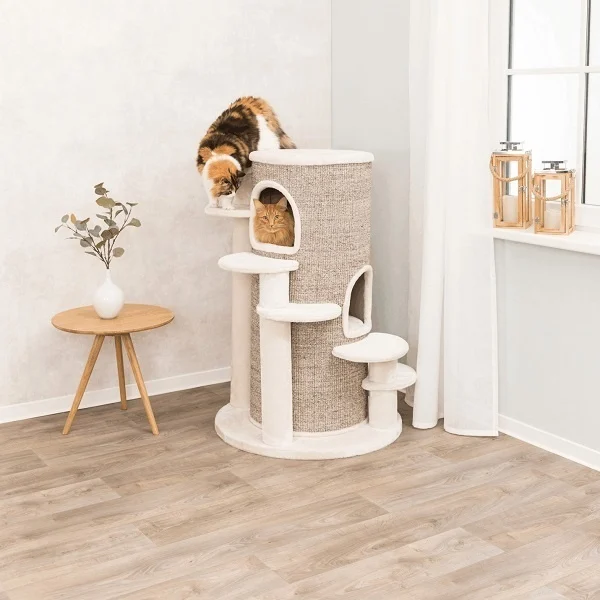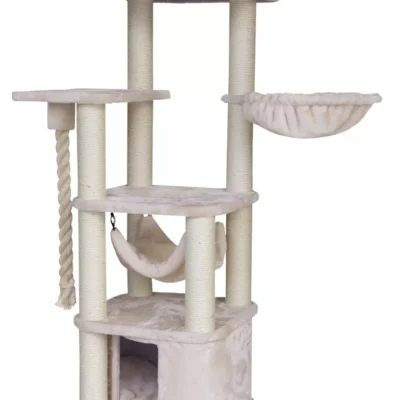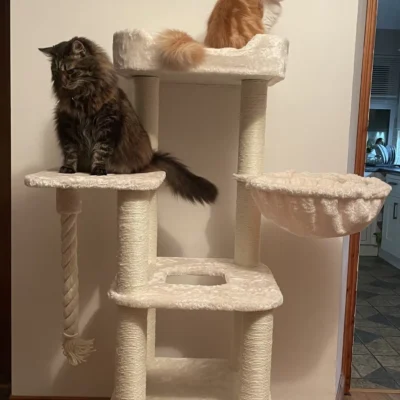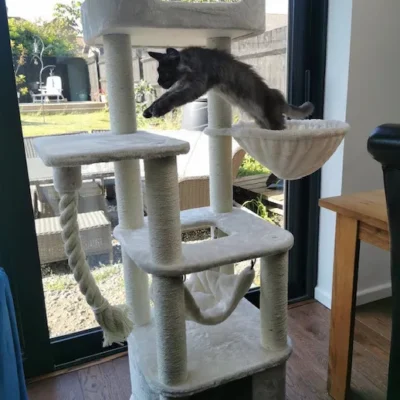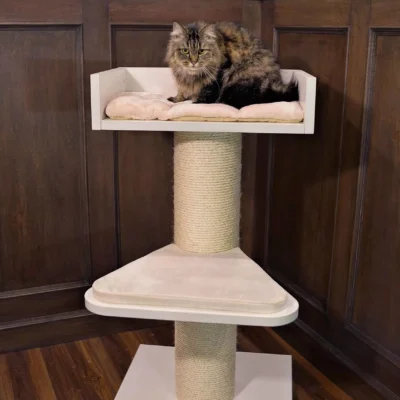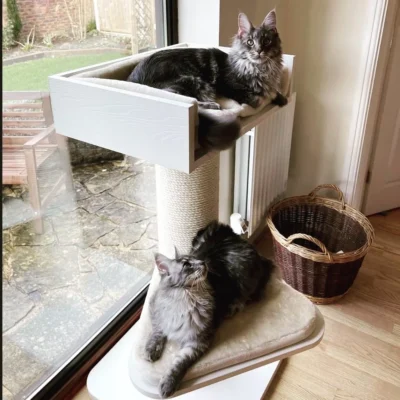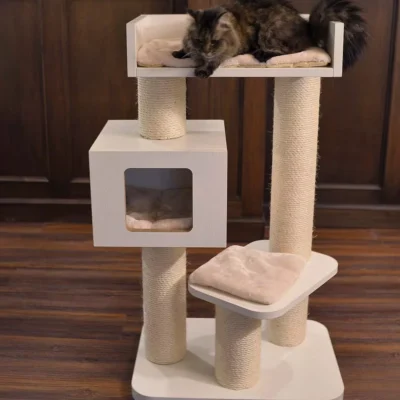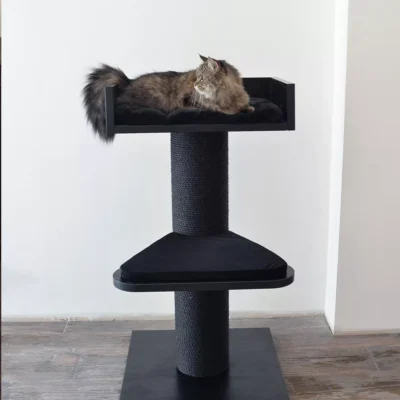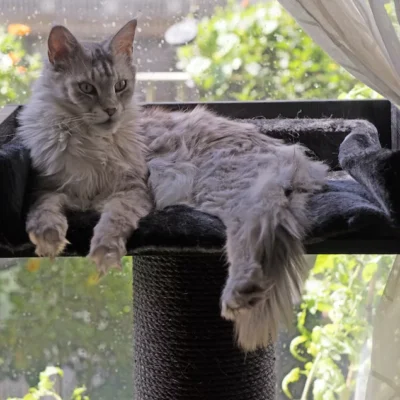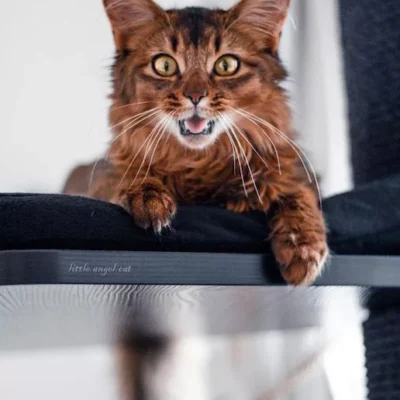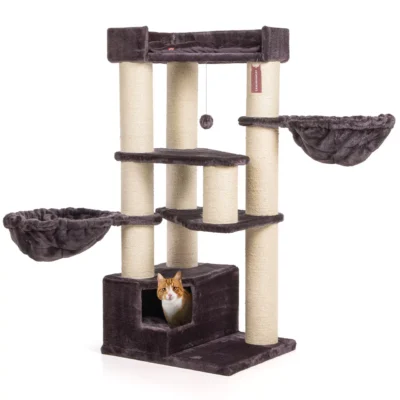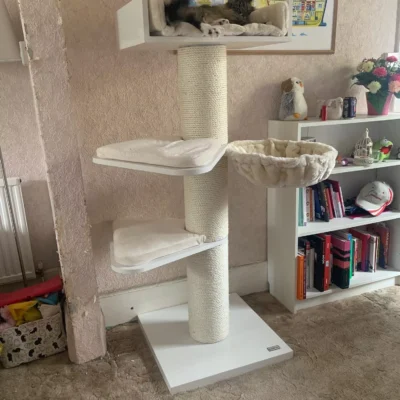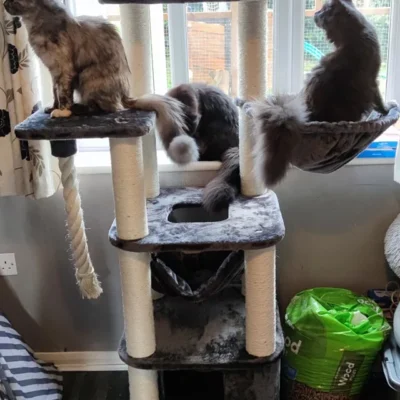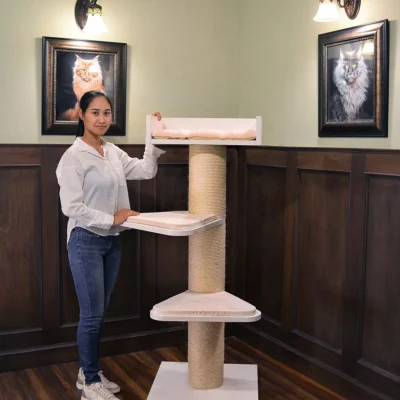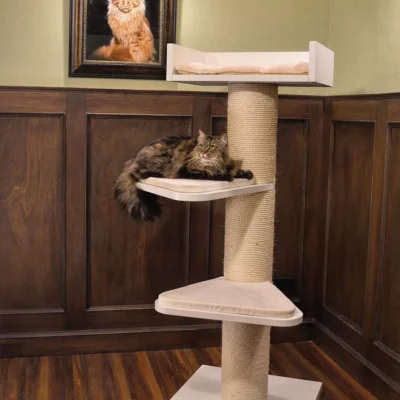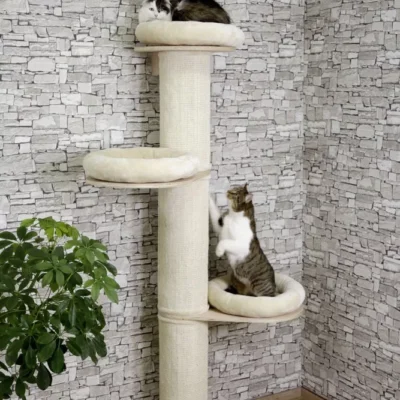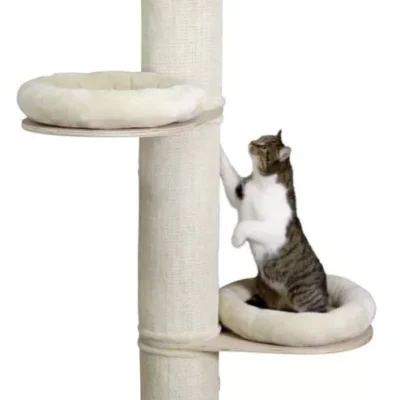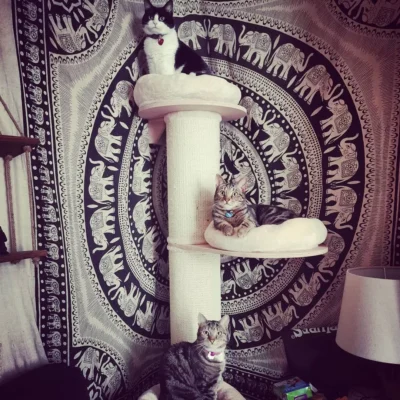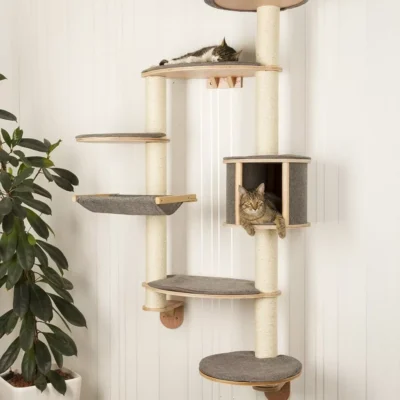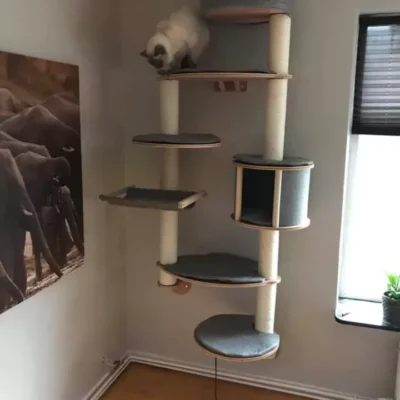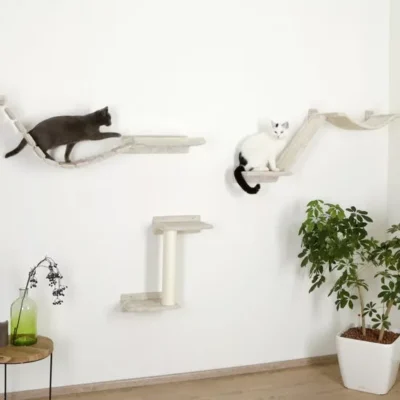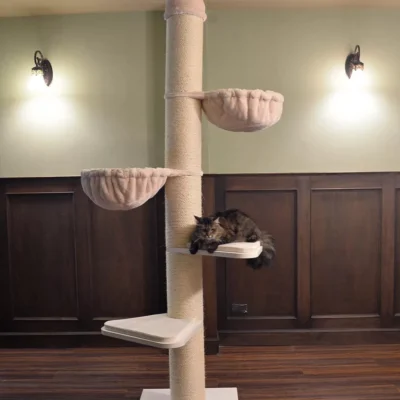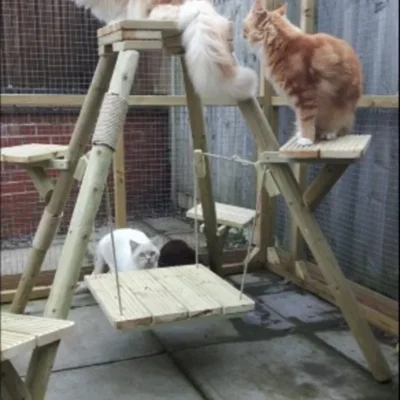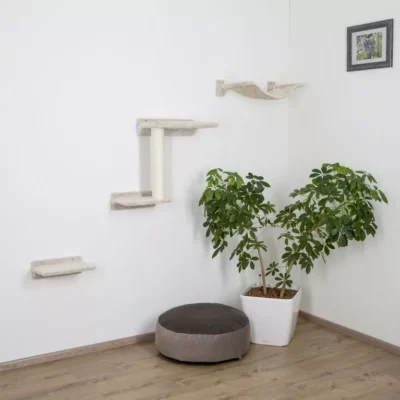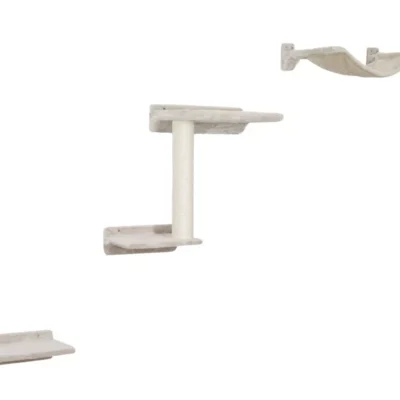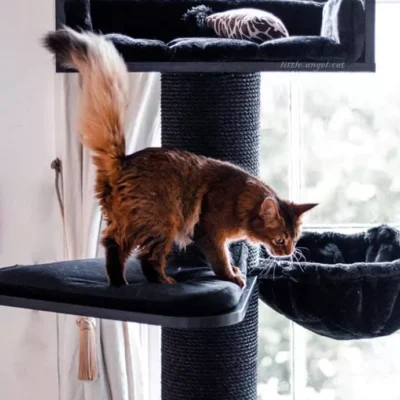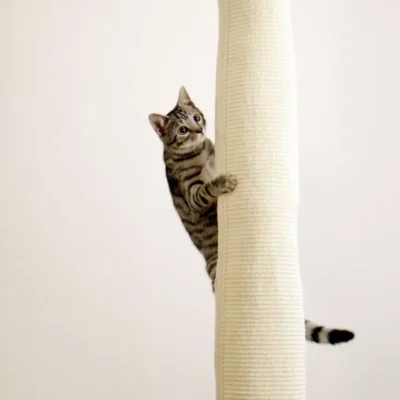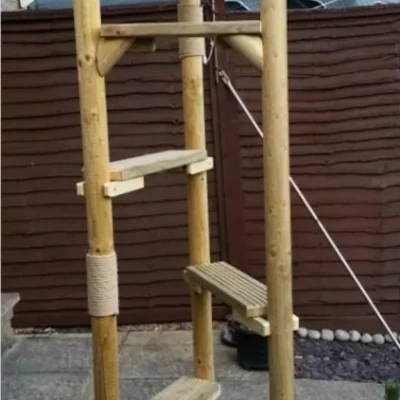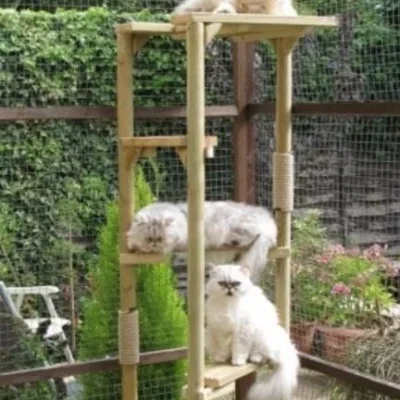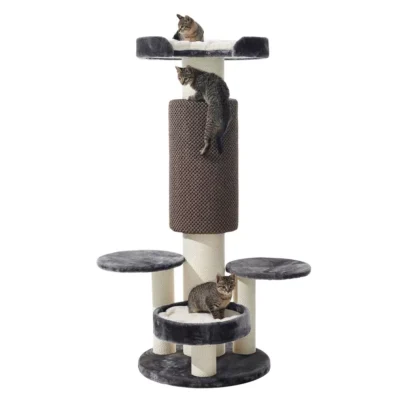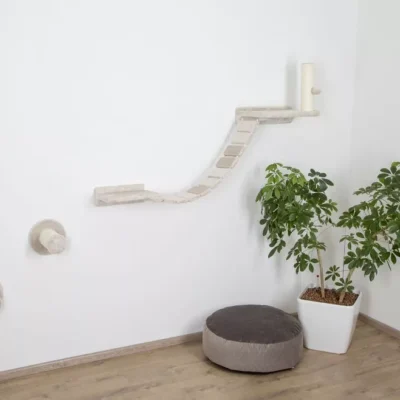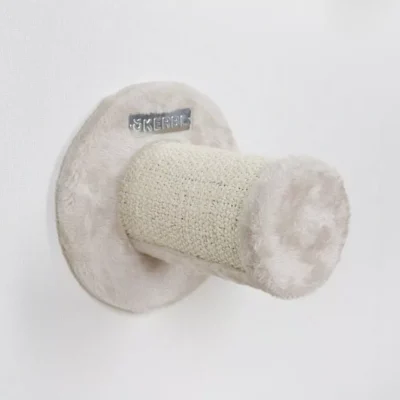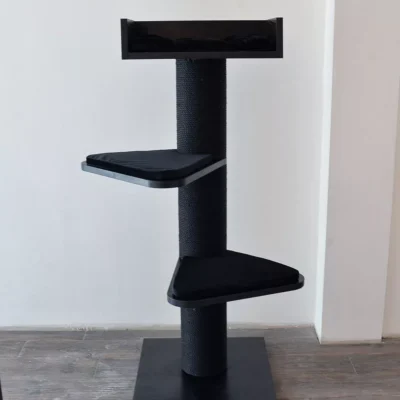0
As our beloved feline companions age, they enter a distinct phase of life that demands our attention and care. In this chapter, we will explore the world of senior cats, shedding light on their unique requirements and how we can ensure their golden years are filled with comfort and contentment.
Senior cats, typically classified as those aged 7 years or older, bring with them a wealth of wisdom and charm. However, they also undergo physical and behavioral changes that necessitate our understanding and support. By delving into the specific needs of senior cats, we can provide them with the care and attention they deserve in their later years.
Age gracefully, they say, but for senior cats, this journey comes with its own set of challenges. In this section, we will discuss the notable physical and behavioral changes that occur as cats grow older.
One of the most noticeable changes is a decrease in mobility. Senior cats may experience arthritis or joint issues, making it more challenging for them to move around comfortably. Additionally, their appetite may change, with some seniors becoming more selective or experiencing a decrease in appetite, while others might develop dietary sensitivities that require special consideration.
Alterations in grooming habits and sleeping patterns are also common. Some senior cats may struggle to groom themselves thoroughly, leading to matting of their fur, while others may sleep more during the day and become more active at night. These changes can be indicative of underlying health issues and require our vigilance in monitoring our senior feline friends.
Understanding these changes is vital in recognizing signs of potential health issues and ensuring that our senior cats receive the care they require. By familiarizing ourselves with the nuances of aging, we can better address the evolving needs of our feline companions.
The Importance of Providing a Comfortable and Stimulating Environment for Senior Cats
Creating a comfortable and stimulating environment is paramount to the well-being of senior cats. In this final section, we will delve into the key elements that constitute a senior-friendly living space.
One crucial aspect is providing cozy resting spots and easy-to-access amenities. Senior cats may find it challenging to jump onto high surfaces, so offering them lower perches, soft bedding, and litter boxes with lower sides can make their daily routines more manageable.
Enriching their surroundings with interactive toys and mental stimulation is equally important. Puzzle feeders, feather toys, and scratching posts can help keep their minds engaged and their bodies active.
Regular veterinary check-ups are vital to support their overall health. Senior cats should have more frequent visits to monitor age-related conditions and receive appropriate vaccinations and preventative care. Additionally, age-appropriate nutrition tailored to their specific needs, such as reduced calorie or joint support diets, can contribute to their well-being.
By prioritizing their comfort and ensuring a stimulating environment, we can make the senior years of our feline friends as enjoyable and fulfilling as possible.
In conclusion, understanding the needs of senior cats is an essential aspect of responsible pet ownership. By embracing the aging process and tailoring our care to meet their unique requirements, we can provide our senior cats with a life filled with comfort, love, and joy.
The Benefits of Cat Trees for Senior Cats: Elevating Their Golden Years
Cat trees, often associated with playful kittens, hold a special place in the hearts of our senior feline companions as well. In this chapter, we will embark on a journey to discover how cat trees can enhance the quality of life for senior cats and why they are an essential addition to their environment.
Age may slow down a cat’s pace, but it doesn’t diminish their innate desire to explore, climb, and perch. Cat trees offer a vertical world of possibilities for senior cats, allowing them to indulge in their natural instincts. In this section, we’ll delve into how cat trees can significantly improve a senior cat’s quality of life by providing them with opportunities for exercise, exploration, and mental stimulation.
As cats age, they may become less active, which can lead to weight gain and muscle loss. Cat trees provide a means for seniors to engage in low-impact exercise as they navigate the various levels and platforms. This physical activity helps maintain their strength and agility, preventing the development of health issues like obesity and arthritis.
Furthermore, the multi-level structures of cat trees offer ideal spots for exploration and observation. Senior cats can perch on higher platforms and watch the world go by, satisfying their curiosity without the need for strenuous activity. This mental stimulation is crucial for keeping their minds sharp and preventing boredom, which can lead to behavioral problems.
Cat trees offer a multitude of advantages that extend beyond mere amusement. In the following section, we’ll shine a light on the myriad benefits of cat trees for senior cats.
First and foremost, cat trees provide a safe haven for relaxation and observation. Senior cats often seek cozy and elevated spots where they can rest undisturbed, away from the hustle and bustle of the household. Cat trees offer numerous perches and hideaways that cater to these preferences, giving senior cats a sense of security and comfort.
Moreover, cat trees encourage physical activity and play. Interactive elements like hanging toys and scratching posts incorporated into the design can entice senior cats to engage in light play, promoting movement and exercise that are essential for their well-being.
Maintaining mobility and preventing health issues are crucial aspects of senior cat care. Cat trees, surprisingly, can play a pivotal role in achieving these goals.
The design and layout of cat trees are carefully crafted to cater to a cat’s natural movements and inclinations. They feature easy-to-reach perches and comfortable resting spots that alleviate joint stress and encourage movement. Cats can stretch, jump, and climb, which helps them maintain flexibility and dexterity, particularly important for senior cats susceptible to joint problems.
Furthermore, the act of climbing and stretching on a cat tree can help prevent health issues, such as obesity and arthritis, which are common concerns in senior cats. By providing senior cats with a designated space to exercise, cat trees become a valuable tool in their health and wellness arsenal.
In conclusion, cat trees are not just playthings for the young; they are essential companions for senior cats seeking comfort, exercise, and mental stimulation. By recognizing the unique benefits that cat trees offer to our senior feline friends, we can ensure that their golden years are filled with vitality, happiness, and a touch of adventure.
Choosing the Right Cat Tree for Your Senior Feline: A Tailored Guide
Selecting the perfect cat tree for your senior companion is an art and a science. In this chapter, we will embark on a journey to discover the key considerations, factors, and tips for choosing the ideal cat tree that aligns with your senior cat’s unique needs and preferences.
A Comprehensive Guide to Selecting the Best Cat Tree
Choosing a cat tree is not a one-size-fits-all endeavor, especially when it comes to senior cats. In this section, we will provide a comprehensive guide to ensure you select the best cat tree for your senior feline friend.
One of the most critical factors to consider is the size of the cat tree. It should be spacious enough to accommodate your senior cat’s mobility limitations. Opt for a cat tree with wide, easily accessible platforms and steps, so your cat can comfortably climb, perch, and nap without any strain.
The choice of materials is also vital for durability and safety. Look for cat trees made from sturdy and non-toxic materials. Senior cats may scratch and chew more due to dental issues, so ensuring that the cat tree is built to withstand such activities is essential.
Stability is another key consideration. A wobbly or unstable cat tree can lead to accidents and injuries, which is particularly concerning for senior cats. Prioritize cat trees with a solid and robust base to prevent any mishaps.
Additionally, consider the design of the cat tree. Some senior cats may prefer enclosed hideaways, while others may enjoy open perches. Pay attention to your cat’s habits and preferences to choose a design that suits them best.

